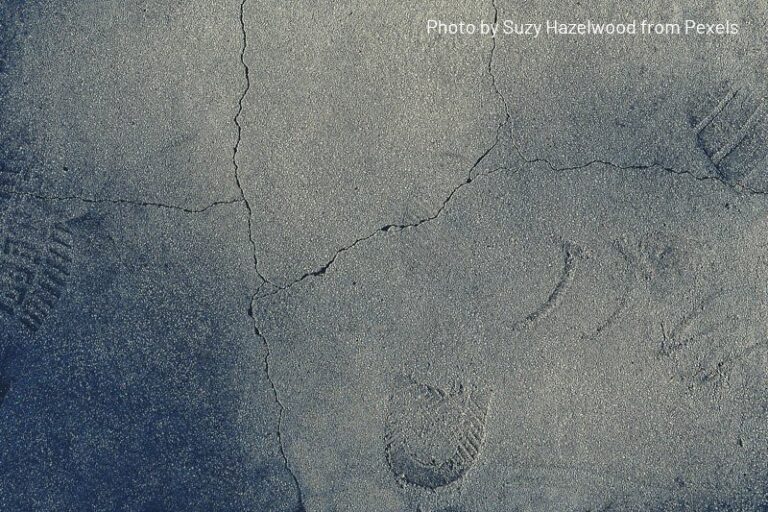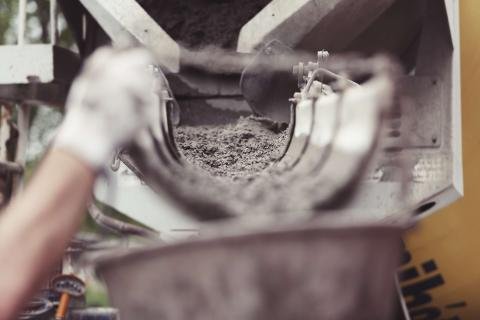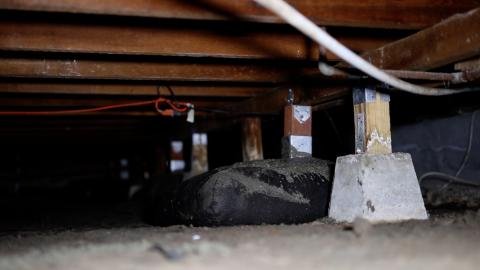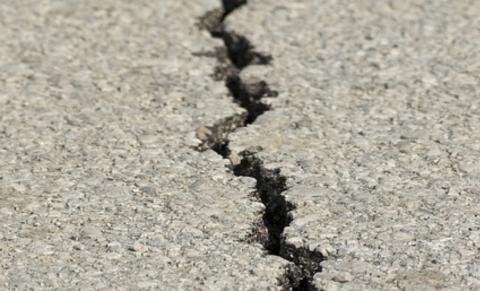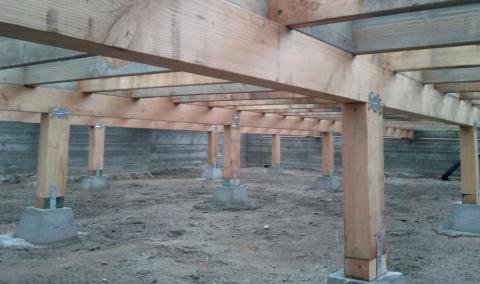How to Inspect Your Own Foundation
First, it is important to note, that we at Sure Safe always recommend an engineer-qualified inspection as the best way to ensure a strong foundation.
However, all homeowners should perform routine inspections of their homes to catch foundation problems before they cause serious damage to the home. Regular self-done inspections can help save money in the long run. With that in mind, here are some of Sure Safe’s suggestions on how to inspect your home and catch potential foundation issues before they become more serious. Prevention is the best medicine!
1. Walk the exterior perimeter of your home
You can begin a foundation inspection by walking the exterior of your home. Check the foundation walls by looking down from one end. Look for areas that bulge or lean which can indicate uneven load on the foundation. Both the foundation walls and home walls should be flush and level.
Also, look for any potential water damage or cracks in concrete. Standing water can cause soil to shift and wood to rot which can lead to serious damage. It can also indicate broken pipes in the home. Moisture found on the exterior of the home should be watched carefully.
Cracks in concrete can be harder to diagnose, as some cracks in concrete can be expected. When concrete cures, it shrinks, resulting in some minor cracks. Keep an eye out for any cracks that are greater than ¼ inch in size. Horizontal cracks are also an indicator of stress on the foundation. A home test of the seriousness of a crack can be done by applying waterproofing paint over the crack and watching to see if the paint cracks or chips. This indicates a crack is growing and the foundation is moving.
2. Walk the interior perimeter of your home
Similar to the exterior, you should also inspect the interior walls of the home. Any cracks or separations may indicate issues with the foundation. Also, look for any bulging or leaning walls. Sometimes there may not be any cracks or separation to indicate, but walls will still be out of place due to shifting foundations.
Also, inspect the floors. Look for any buckling or bulging. Uneven floors are another indicator of a shifting foundation. Floors can also slope over the length of the home when there are larger soil shifts. A quick test is to use a ball or round object to see if it will roll when placed on the floor.
3. Check windows and doors
Along with the walls check all doors and windows. They should all open smoothly and close without difficulty. Before the walls begin to show symptoms, windows and doors will often begin to have difficulty opening or closing. If they are jammed shut or cannot be opened the foundation may have moved.
4. Survey your crawl space
If your home has a crawl space it is important to inspect the area. Look for any moisture or mold, which can rot wood supports. Also, inspect all supports for warping or rotting which can lead to weak support for the home.
5. Check your pipes
Excessive or prolonged moisture is one of the leading causes of foundation problems. Along with checking the exterior, interior, and crawl space for moisture, one should also check pipes for leaks. If there has been a leaking pipe for an extended period of time, you may wish to have your foundation professionally inspected.
6. Observe foundation supports
If you have access to review your foundation supports they should be an essential part of any inspection. The system of supports, concrete, or piers should be in good condition. Check that they are level and none are buckling. Check metal or steel piers for rust, which can be an easy sign there is unwanted moisture in the basement or crawl space. Tops of piers should be connected flush to beams. Any broken connections or movement of the supports can indicate a shifting foundation.
These are some of the basics when performing a self-foundation inspection. Catching a foundation problem early can save you money by preventing damage to floors, walls, and the rest of your home. When in doubt about potential foundation problems, Sure Safe is here to help. Contact us for a free consultation and inspection, and we can help make your home strong again.


